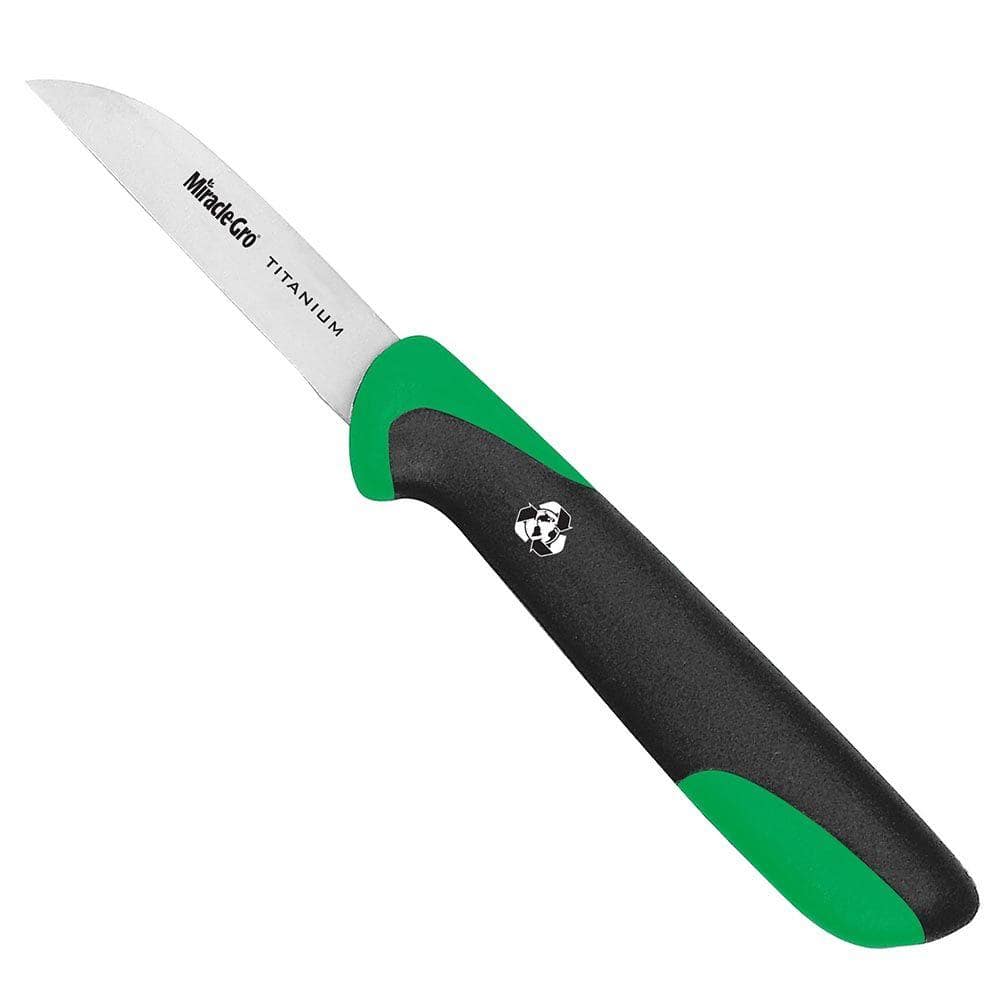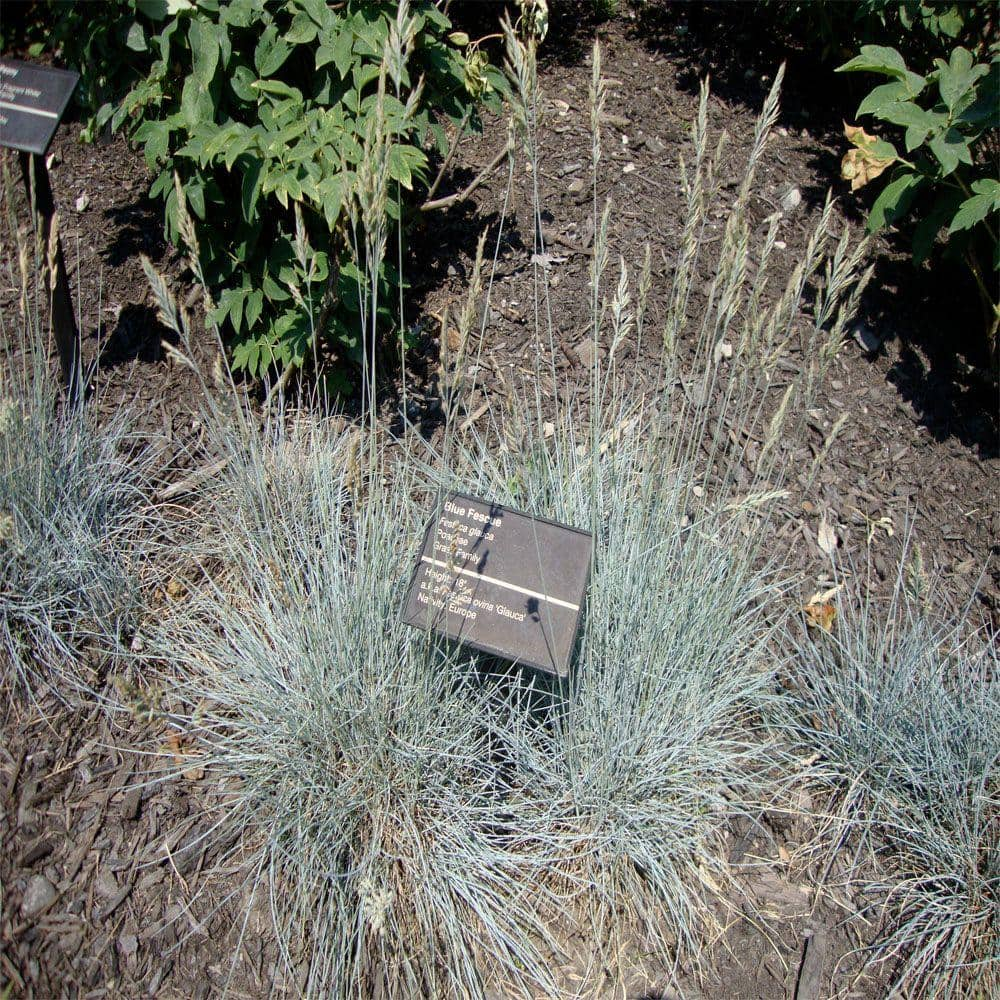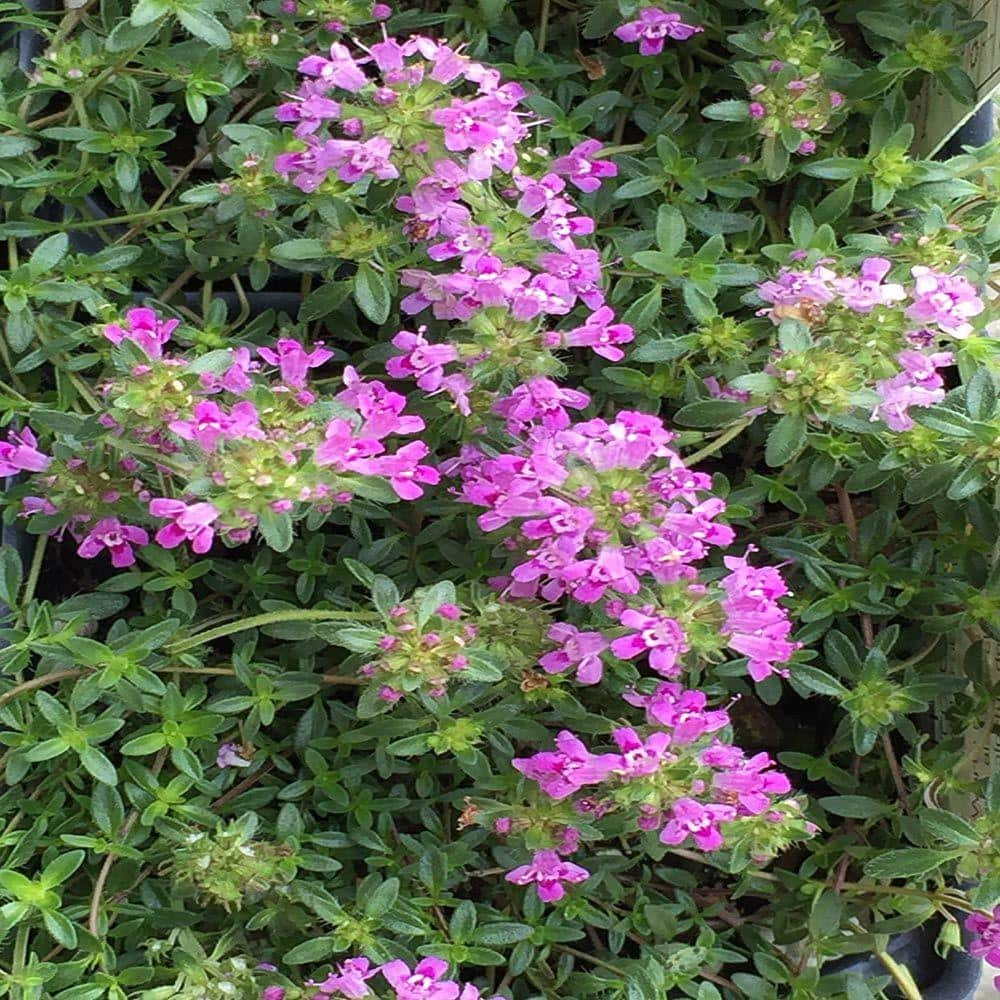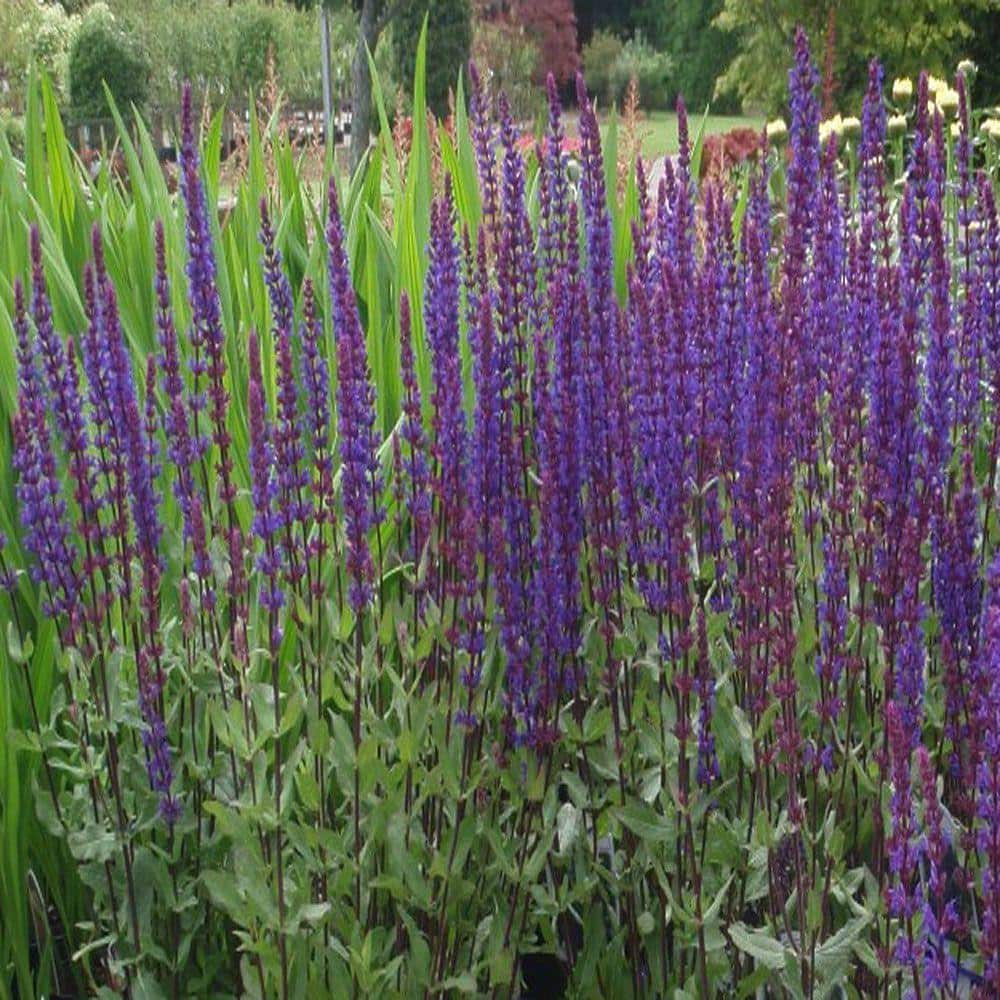Make the Most of Your Yard's Light

Last updated December 6, 2023
Garden experts say that the first rule of gardening is "put the right plant in the right place." This advice gets to the heart of successful gardening practice: understand your garden's site and light to choose the best plants for the space.
Plants need soil, water and sunlight to grow. When you practice "right plant, right place," you set your garden up for success.
In this guide, learn about sun-mapping, the process for tracking light in your garden, and the different categories of light in your garden, from full sun to full shade.
Table of Contents
Learn Your Site's Light
Full Sun Gardens
Part Sun Gardens
Part Shade Gardens
Shade Gardens
Container Gardening and Sun Mapping
Learn Your Site's Light

When it comes to light requirements, remember these terms:
- Full sun is six or more hours of sunlight a day.
- Partial sun is four to six hours of sunlight.
- Partial shade is two to four hours of sunlight.
- Full shade means no direct sun or less than two hours of sunlight a day.
To learn the light in your garden space, there's a process called sun mapping.
How to Sun Map Your Garden
There are several methods for charting your garden's sunlight. You can draw a simple map of your yard, marking structures and plants. Make multiple copies of the map (at least 4 and up to 10). Periodically during the day, draw on each map what parts are in sun and what is in shade. At the end of the day, compile the data. If your favorite corner of the garden starts off in shade but warms up by mid-morning and stays sunny through the afternoon, that's a full sun site.
Another method is to take photos throughout the day of structures and plants and observe the light on the objects. Be sure and take pictures of the same place from the same angle during the day. Note your observations at the end of the day. Keep in mind that over the seasons, your garden's light will change. For example, trees lose their leaves in fall and the spaces beneath get full sun until spring. Learn to be an observant gardener throughout the seasons.
Full Sun Gardens

A sunny site receives six or more hours of sunlight each day. Plenty of colorful annuals, durable perennials, sturdy shrubs and trees thrive in full sun.
Vegetable gardens need full sun to produce more fruit.
Ornamental grasses soak up the sun and anchor flower beds alongside shrubs. Many provide three-season interest, like Muhly grass with blooms in late summer. Fill in with easy-care shrub roses. They're drought-tolerant and do not require deadheading.
Full Sun Annuals include:
- Begonia
- Calibrachoa
- Geranium
- Marigold
- Petunia
- Pansy
- Phlox
- Poppy
- Sunflower
- Zinnias
Full Sun Perennials:
- Asiatic lily
- Asters
- Bee balm (monarda)
- Black-eyed Susan (rudbeckia)
- Blanket flower (gaillardia)
- Coreopsis
- Coneflower (echinacea)
- Daylily (hemerocallis)
- Dianthus
- Sedum
Remember the bulbs, rhizomes and tubers category:
- Allium
- Daffodil
- Dahlia
- Gladiolus
- Iris
- Tulip
Part Sun Gardens

Many plants thrive in the summer sun but are tempered by an early morning or late afternoon break provided by a structure or tree. This is the part sun garden, with four to six hours of sunlight each day. Plants that thrive in part sun include mophead hydrangeas, camellias, gardenias and more. Many appreciate the respite from afternoon heat, especially in the hottest days of summer.
Part Sun Annuals:
- Begonia
- Calibrachoa
- Coleus
- Impatiens
- Pansies
- Violas
Part Shade Gardens

An area with partial shade means that it receives two-to-four hours of sunlight each day. This is ideal for shade-loving plants like hosta and coleus.
Perennial hosta are all about foliage, with leaves ranging in colors from chartreuse to green and deep teal. There are stripes and textures, some even with a puckered seersucker effect. All this, and a bonus of blooms in late summer. The flower stalks are not the star of the show, but they will add architectural height and in some cases, fragrance.
Coleus is another easy annual favorite for the shade garden. Brightly colored foliage in shades of lime and burgundy and peach are the reason to plant coleus. That, and the flower stalks that emerge in late summer bring in pollinators. Coleus pairs well with shade-loving flowers like impatiens.
Shade Gardens

Full shade, sometimes called deep shade, means less than three hours of sunlight each day. Annuals like begonia, caladium and impatiens will bloom in deep shade. Perennials like hosta, fern and heuchera thrive in deep shade, too.
A shady, dry spot means that in the summer, the soil tends to dry out quickly. Heuchera, commonly called coral bells, tends to go dry when the temps soar in summer. Coral bells like shady and dry spaces, similar to conditions with perennial ferns. Plant heuchera on the edge of your shady garden for more flowers.
Plants for your shady garden include:
- Astilbe
- Bleeding hearts
- Caladium
- Cyclamen
- Fern
- Flowering tobacco (nicotiana)
- Hellebores (Lenten rose)
- Hosta
- Tiarella (foamflower)
Shrubs like
azalea, camellia and rhododendron grow in full shade, but may have fewer blooms.
Container Gardening and Sun Mapping

Paying attention to sun and shade mapping is important for container gardens. The advantage with planters is that you can move the containers around to get the best light. Remember in containers to combine plants that have the same light requirements in the same container. For example, plant shade-tolerant caladiums, cordyline, asparagus fern and sweet potato vine in a planter that gets afternoon shade.
Tip: Planter caddies make light work of moving heavy container plants.
When you place plants in the right light, you will have a more successful garden. Study your yard and learn the mix of sun and shade before planting. When it's time to plant, you can get the right planters, plants and garden soil from The Home Depot. The Home Depot delivers online orders when and where you need them.



































